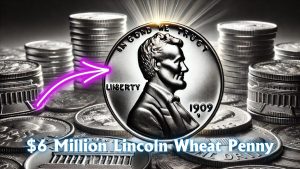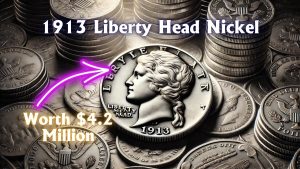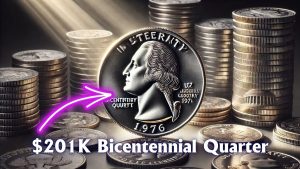Money
5 Nickel Errors You Should Know About That Could Be Worth a Fortune
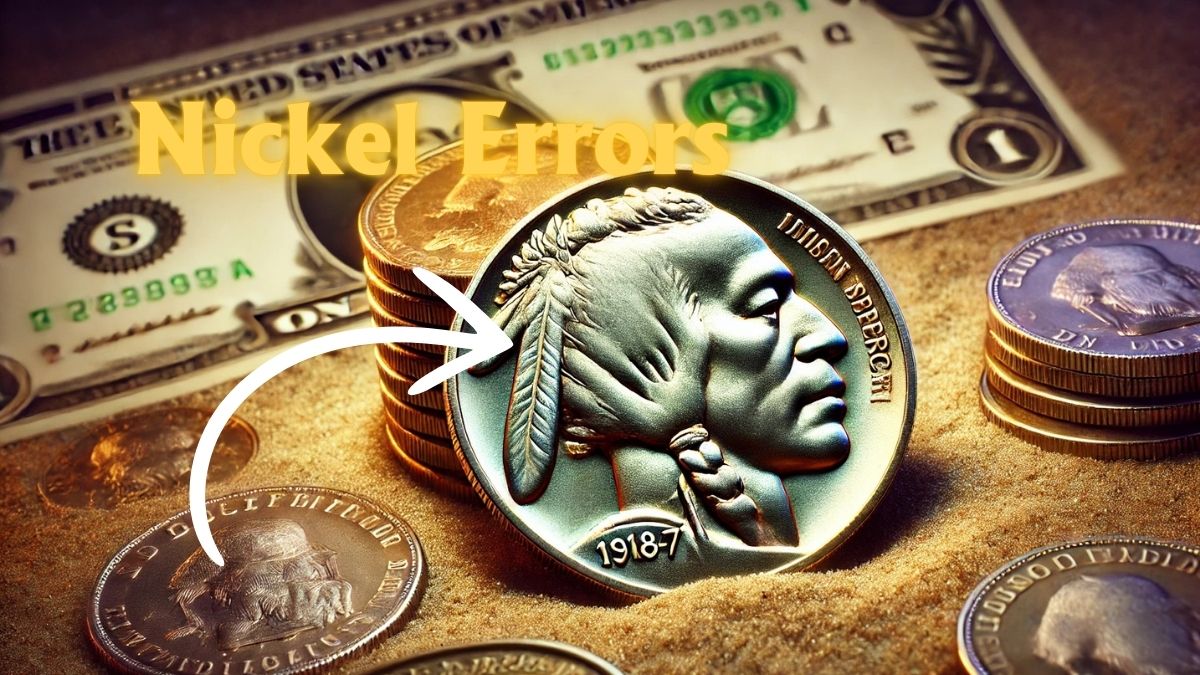
Nickels are a common part of everyday currency, but certain rare errors can transform these five-cent pieces into valuable collector’s items.
Identifying these unique minting mistakes can lead to significant financial rewards. In this article, we’ll explore five notable nickel errors that could be worth a fortune.
1. 1918/7-D Buffalo Nickel Overdate
The 1918/7-D Buffalo Nickel is a classic example of an overdate error, where a 1917 die was repunched with the 1918 date at the Denver Mint. This resulted in a visible “7” beneath the “8” in the date.
This error occurred during a period of high demand for coinage, leading to the reuse of older dies. Collectors highly prize this coin due to its scarcity and historical significance. High-grade specimens have fetched substantial sums at auctions.
2. 1937-D “Three-Legged” Buffalo Nickel
One of the most famous minting errors, the 1937-D Buffalo Nickel from the Denver Mint is missing the front right leg of the buffalo.
This error resulted from over-polishing of the die to remove clash marks, inadvertently erasing the leg. Collectors highly prize this coin, with high-grade specimens fetching significant amounts at auctions.
3. 1935 Doubled Die Reverse Buffalo Nickel
In 1935, a notable doubled die error appeared on the reverse of some Buffalo Nickels. This doubling is most evident around the motto “E PLURIBUS UNUM” and the words “FIVE CENTS.”
The 1935 Doubled Die Reverse Buffalo Nickel is a favorite among collectors, with higher-grade specimens achieving substantial sums at auctions.
4. 1964 SMS (Special Mint Set) Jefferson Nickel
The 1964 Special Mint Set Jefferson Nickel is shrouded in mystery, as the U.S. Mint did not officially release an SMS that year. However, a few 1964 nickels with special striking characteristics have surfaced, believed to be part of experimental sets.
These coins exhibit a satin finish and sharp details, distinguishing them from regular issues. Their rarity and unique features make them highly desirable among collectors.
5. 2005-D “Speared Bison” Jefferson Nickel
In 2005, the U.S. Mint released a series of nickels featuring new designs, including the American Bison. Some of these coins from the Denver Mint exhibit a die gouge running through the bison’s back, giving the appearance of a “speared” bison. This dramatic error has garnered attention from collectors, with well-preserved examples fetching premiums.
Summary of Notable Nickel Errors
| Nickel Error | Description | Key Features | Approximate Value* |
|---|---|---|---|
| 1918/7-D Buffalo Nickel Overdate | Overdate error with a “7” visible beneath the “8.” | Visible overdate under magnification. | High-grade examples are highly sought after. |
| 1937-D “Three-Legged” Buffalo Nickel | Missing front right leg of the buffalo due to die over-polishing. | Missing leg on buffalo. | Varies; high-grade specimens can fetch significant sums. |
| 1935 Doubled Die Reverse Buffalo Nickel | Doubling on the reverse, especially around “E PLURIBUS UNUM” and “FIVE CENTS.” | Noticeable doubling on reverse inscriptions. | Collectors value higher-grade specimens. |
| 1964 SMS Jefferson Nickel | Special Mint Set nickel with satin finish and sharp details. | Satin finish and sharp strike. | Highly desirable due to rarity and unique features. |
| 2005-D “Speared Bison” Jefferson Nickel | Die gouge running through the bison’s back, appearing as a “spear.” | Prominent die gouge on reverse. | Well-preserved examples fetch premiums. |
*Values can vary based on condition and market demand.
Discovering a rare nickel error can be both exciting and financially rewarding. Whether you’re a seasoned collector or new to numismatics, keeping an eye out for these unique coins can pay off. Always consult with a reputable coin dealer or grading service to authenticate and appraise potential finds.
FAQs
What is an overdate error on a coin?
An overdate error occurs when a coin die from a previous year is repurposed and stamped with a new date, resulting in remnants of the old date being visible beneath the new one.
How can I identify a “Three-Legged” Buffalo Nickel?
Examine the buffalo’s front legs on the coin’s reverse side. In the “Three-Legged” error, the front right leg is missing due to die over-polishing.
What causes a doubled die error on a coin?
A doubled die error occurs when the coin die is improperly manufactured, resulting in a design that is stamped twice in slightly different positions, creating a doubled appearance on the coin.
-
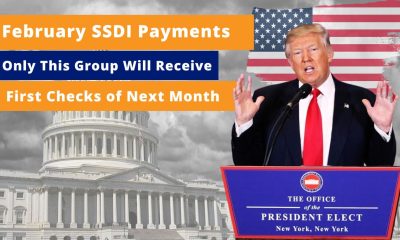
 Government Aid3 months ago
Government Aid3 months agoFebruary SSDI Payments: Only This Group Will Receive the First Checks of Next Month
-
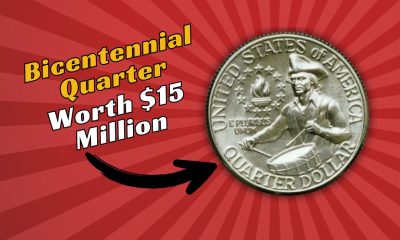
 Finance2 months ago
Finance2 months agoRare Bicentennial Quarter Worth $15 Million
-
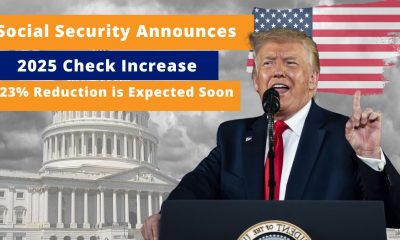
 Government Aid2 months ago
Government Aid2 months agoSocial Security Announces 2025 Check Increase, But a 23% Reduction is Expected Soon
-
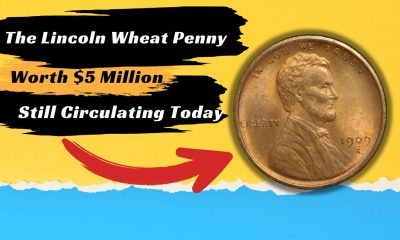
 Finance3 months ago
Finance3 months agoThe Lincoln Wheat Penny Worth $5 Million- Still Circulating Today
-
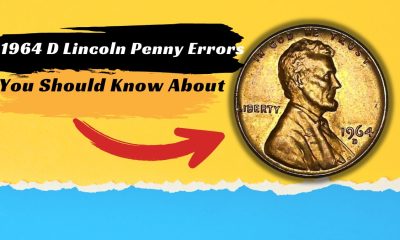
 Finance3 months ago
Finance3 months agoRare Coins: The 1964 D Lincoln Penny Errors You Should Know About
-

 Government Aid2 months ago
Government Aid2 months agoIRS to Distribute Stimulus Checks to Millions- Find Out How to Claim Yours
-
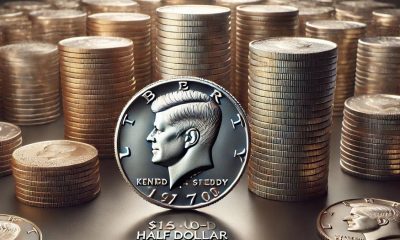
 Finance3 months ago
Finance3 months ago1970-D Kennedy Half Dollar- A Rare Coin Worth Over $150,000 Still in Circulation!
-

 Government Aid3 months ago
Government Aid3 months agoThe Complete February SSDI Payment Schedule: Discover When You’ll Receive Your Disability Benefits

